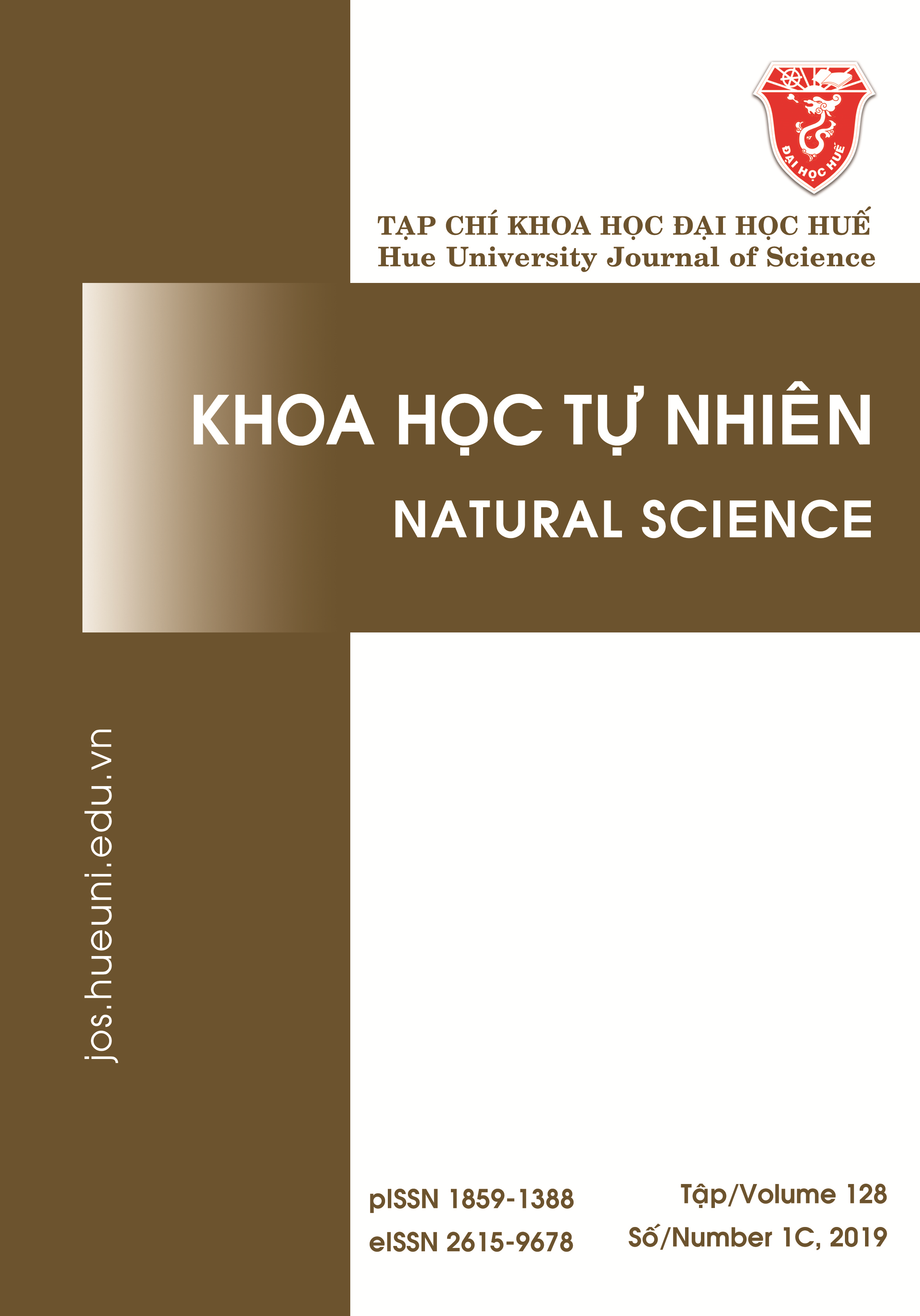Abstract
Two types of wheat flour C1 (high-content gluten) and C2 (low-content gluten) were used for gluten extraction, and the gluten was used to fabricate edible films. The dry and wet gluten content of C1 is higher than that of C2. The extraction solvents are water, water/ethanol (1:1, v/v), and 2% NaCl solution. The extraction time is 7, 14, and 21 minutes. The quantity of glycerol used for film formation is 3, 4, 5, 6, and 7 g. The results show that the 2% NaCl solution with a wash time of 21 minutes provides gluten with the highest purity. The tensile strength decreases from 1.630 to 0.628 g/mm2, and the elongation increases from 4.32 to 22.14% with the increasing quantity of glycerol. The film fabricated from C1 has a higher puncture strength than that from C2. When the glycerol quantity increases, the puncture strength decreases, while the rate of evaporation increases. The film fabricated from C1 has lower water and HCl solubility than that fabricated from C2. The gluten content has a significan tinfluence on the tensile strength, elongation, water vapor permeability, puncture strength, and solubility in the HCl solution and water of the membrane fabricated from wheat flour.
References
- Malathi AN, Santhosh KS, Nidoni U. Recent trends of biodegradable polymer: biodegradable films for food packaging and application of nanotechnology in biodegradable food packaging. Current Trends in Technology and Science. 2014;3(2):73-79.
- Bourtoom T. Edible protein films: properties enhancement. International Food Research Journal. 2009;16:1-9.
- Tharanathan RN. Biodegradable films and composite coatings: Past, present and future. Trends in Food Science Technology. 2003;14:71-78. 4. Guo X, Lu Y, Cui H, Jia X, Bai H, Ma Y. Factors Affecting the Physical Properties of Edible Composite Film Prepared. 2012;17(4):3794-3804.
- The Grain and Feed Trade Association. Method 34:1- Gafta. Determination of wet gluten in wheat flour –
- Hand washing [internet]; 2014. Available from: https://www.gafta.com/write/MediaUploads/Contracts/2014/method_26.1_2014.pdf.
- Jirukkakul N. The study of edible film production from unriped banana flour and riped banana puree. International Food Research Journal. 2016;23(1):95-101.
- ASTM D882-97. Standard test method for tensile properties of thin plastic sheeting. 1997.
- ASTM E96-2000. Standard test method for water vapor transmission of materials. 2000.
- Parris N, Coffin DR, Joubran RF, Pessen H. Composition Factors Affecting the Water Vapor Permeability and Tensile Properties of Hydrophilic Films. Journal of Agricultural Food Chemistry. 1995;43(6):1432-1435.
- Gontard N, Guilbert S, Cuq JL. Water and glycerol as plasticizers affect mechanical and water vapor barrier properties of an edible wheat gluten film. Journal of Food Science. 1993;58(1):206-211.
- Sobral P, Menegalli F, Hubinger M, Roques M. Mechanical, water vapor barrier and thermal properties of gelatin based edible films. Food Hydrocolloids. 2001;15(4-6):423-432.
- Bourtoom T. Plasticizer effect on the properties of biodegradable blend film from rice starch-chitosan. Songklanakarin Journal of Science and Technology. 2008;30(1S):149-165.
- Jastrzebski ZD. The nature and properties of engineering materials. 3rd ed. New York: John Wiley and Sons; 1987. 14. Fakhouri FM, Palmu T. Characterization of composite biofilms of wheat gluten and cellulose acetate phthalate. Journal of Chemical Engineering. 2004;21(2):261-264.

This work is licensed under a Creative Commons Attribution-ShareAlike 4.0 International License.
Copyright (c) 2019 Array




